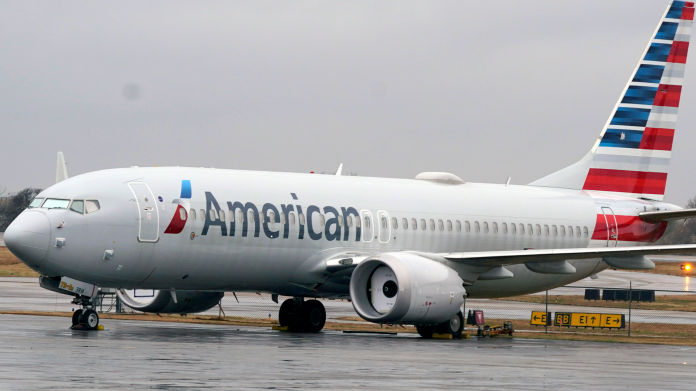The Boeing 737 Max aircraft are returning to the skies after nearly two years of being grounded due to two deadly crashes in five months. According to an IE survey, at least 18 airlines have begun operating commercial flights since receiving clearances from regulators in the United States and Europe declaring the aircraft safe to fly. The newest member of Boeing’s 737 narrow-body families, the 737 Max, crashed in the Java Sea shortly after takeoff from Jakarta, Indonesia in October 2018. Then, in March 2019, another plane of the same type crashed in Ethiopia. Both planes crashes resulted in the deaths of 346 people.
Following the second plane crash in Ethiopia, international aviation authorities agreed to ground the planes before the cause of the crashes could be determined. Several airlines, including major carriers including United, Southwest, American, Air Canada, and Indian carrier SpiceJet, were using the 737 Max in their fleets at the time. The key cause of both plane incidents was discovered during the crash investigations to be a design error in the most recent jetliner.
The augmentation device for maneuvering characteristics is installed on the most recent model of Boeing 737. When the MCAS detects a high angle of attack that might cause an aircraft to stall, it pushes the nose of the plane down. If a plane’s nose is too high, it loses momentum and is more likely to stall—a condition in which the plane loses flight and falls like a stone from the sky. MCAS was designed in such a way that such an occurrence is unlikely. During the ascent in the case of the two plane crashes, the MCAS misread the plane’s angle of attack and pushed the plane nose down, resulting in the crash. However, the plane crashes were caused by more than just a technological error. Moreover, several flaws in the processes developed by Boeing and the US Federal Aviation Administration were discovered during the investigation.
Corrective steps were implemented after all of the flaws were found during the investigation, including Boeing fixing the MCAS and setting up simulators and training centers to teach pilots about the MCAS. The FAA lifted the restrictions on the Boeing 737 Max last November, and numerous other jurisdictions, including Japan, the United Kingdom, the United Arab Emirates, Europe, Brazil, Canada, and Australia, authorized the aircraft’s return to flight following technical changes and additional pilot training. Though China, which was the first country to ban the plane in 2019, has yet to sanction its reintroduction into service. In India, the DGCA has stated that after the sole Indian carrier operating this aircraft model has completed its safety validation tests, it will be allowed to operate the plane.
Follow and connect with us on Facebook, LinkedIn & Twitter

